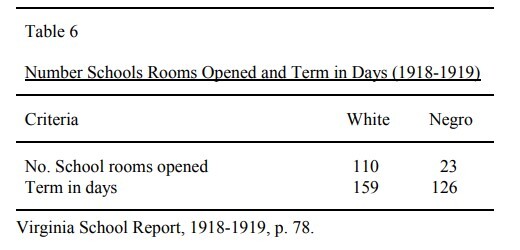Origins of the Fairfax Rosenwald School
Black citizens of Fairfax have valued learning and teaching for generations - even when the county itself prevented Black students from accessing equal education. Despite this impediment, the Black community persisted and worked to build the Rosenwald School between 1925 and 1926. The institution was located at 10515 School Street. The structure and its classrooms stood as testaments to the lengths that Black people went to improve the life opportunities of their children.
Prior to the construction of the Rosenwald School, one-room schoolhouses like the Fairfax Colored School were the norm. Equipped with a single teacher and one stove for heating in cold weather, this building was a stark contrast to the brick school for white children located down the road on Main Street. But the physical space was just one of the inequalities in education experienced by children at each school. Another example is the difference in the length of the school year. In 1918, Black children attended school for roughly thirty days fewer than their white peers. The pay disparity between white and Black teachers was also a feature of educational employment. Despite working in sub-standard conditions, Black teachers persevered. They bought extra supplies with their own income and put in additional hours of instruction.
Travel was another glaring problem (and source of inequality), which frustrated Black teachers. In the first half of the twentieth century, many Black schools lacked adequate bus transportation; and not everyone had their own automobile. Consequently, Black parents and teachers pooled household funds to ferry their children to school in different designated vehicles. No obstacle seemed insurmountable. Black schools displayed enrollments comparable to white schools. For example, the class size in the one-room schools reflected a somewhat similar average: 30 Black students versus 26 white students.[1]
The Rosenwald school was named after the philanthropist Julius Rosenwald, who worked with Booker T. Washington to create the Rosenwald Fund for education. William Johnson describes their productive collaboration “[b]etween 1917 and 1932, [when] the Julius Rosenwald Fund helped construct over 5,000 schools in 15 southern states. The Fairfax Rosenwald School was one of four such schools built in Fairfax County between 1924 and 1931”[2]. Money from the Rosenwald Fund only covered a portion of what was needed for the new building. Other contributions were given by the Black community and the Fairfax school system at the time.
By Rachel Amon




